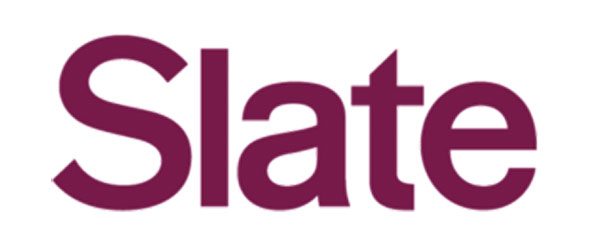
May 10, 2018; Slate.com
If there is power in the metaphors one chooses—and there is—perhaps there’s cause for the nonprofit sector, or at least its largest organizations, to worry about the approach taken at Slate’s Slate 90 project. The premise of the series is reasonable: Is the public getting what it pays for through its tax exemptions, particularly when it comes to some of the sector’s bigger participants? But the use of two vivid metaphors having to do with cancerous growths and extractive business creates an overarching assumption that may be a bit excessive.
Slate is a left-leaning online magazine. The Slate 90 is an attempt by the website to get a picture of what the “nonprofit industrial complex” has “metastasized” into. The list was created to see whether there is sufficient return on the investment that we citizens make in the nonprofit sector.
The Slate 90 covers nine categories—among them Health; Education; Environment & Animals; Human Services; and Arts, Culture, and Humanities—and lists the 10 largest nonprofits in each in terms of their annual revenue. Some of the numbers—and, to be frank, some of the organizations listed—do make the reader lean back a bit in shock. In Health, for example, the largest nonprofit is the Kaiser Foundation Health Plan, with 2015 revenues of more than $48 billion. That health care plan is associated with Kaiser Foundation Hospitals, which happens to be the second-largest nonprofit in that category, with revenue of more than $22 billion that same year.
Going beyond the list, Slate is going to add a featurette on each of the nonprofits, assessing whether or not the organization is delivering on its charitable mission, or in some cases, whether it deserves to be a nonprofit at all, as with the Big 10 Conference. A few of those articles have already been posted, and a sampling gives us a pretty good idea of what Slate will cover.
The University of Pittsburgh Medical Center is ranked 4th in the Health category with revenues of almost $10.6 billion. The associated article goes a little under the hood at that organization, which is touted as one of the lynchpins of the revitalization of the Rust Belt city. The article speaks to the massive growth the hospital is proposing, but also talks about the protests against it, accusing it of not living up to its charitable obligations. It has closed a hospital in a poor neighborhood, does not pay its workers well, and is growing on land on which it does not have to pay property tax.
Sign up for our free newsletters
Subscribe to NPQ's newsletters to have our top stories delivered directly to your inbox.
By signing up, you agree to our privacy policy and terms of use, and to receive messages from NPQ and our partners.
Food for the Poor is the largest agency in the International/Foreign Affairs category. As might be suggested by the coverage we gave last Friday to the cease-and-desist ordered by Los Angeles Attorney General Xavier Becerra, the article about it is very negative. It references the dispersal of nearly expired pharmaceuticals to poor people around the globe, and the organization’s practice of ranking the value of donated products by American standards when, if bought new in the recipient country, the pharmaceuticals would cost a lot less. Finally, it condemns Food for the Poor by suggesting too much is spent on management and fundraising (33 percent).
On the other hand, high praise is offered to Fidelity Investments Charitable Gift Fund, which is the largest in the Public/Societal Benefit category at almost $5.4 billion. The article cites the advent of donor-advised funds (DAFs) as a game-changer, a disrupter in the world of philanthropy for the better. A limited number of articles have been published so far, although one is promised for every nonprofit in the list.
What they get right is that nonprofit organizations in large part live by the generosity of the communities they serve. By doing work that needs to be done—often work that no one else does or wants to do—without the need to earn a profit, nonprofits add to the community’s quality of life. In turn, they are supported in part by donations that are tax deductible to the donor and given exemption from some taxes at the state and federal level. They also receive government grants and contracts that are funded with tax dollars.
Given this reliance upon funds that are related to taxes, the constant calls for transparency are understandable. “This is our money,” the people cry, “so what are you doing with it?” Places like Charity Navigator, Better Business Bureau, and GuideStar are some of the better-known watchdogs, providing tools to help us understand what nonprofits are doing with our money.
Where we might take issue, however, is in some of the generalities the online magazine takes in its cheeky approach to the material. Nonprofits are complex entities and deserve to be approached without an assumption of malignancy in a journalistic series. Still, overall, the list is an interesting one, and the associated articles are a valuable addition to the dialogue.—Rob Meiksins
Correction: This article has been altered from its initial release. Although many of the publications once held by the Washington Post Company were bought by Jeff Bezos of Amazon, Slate was not among them. NPQ regrets the error.











